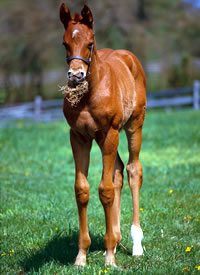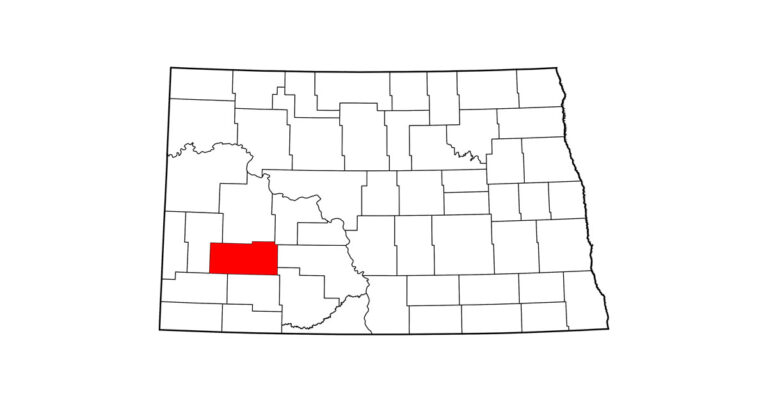The French study’s tests measure fear of unfamiliar objects and situations, sensitivity to touch, acceptance of being alone and reactions to passive human presence and active human contact. Each one is simple and straightforward. Here’s how to perform them on a young horse.

- Open an umbrella in front of the foal and watch to see how far it retreats.
- Put a sheet on the ground between the foal and its food. See if the foal goes around or over the sheet to get to its food.
- Touch the foal around the withers with a fine thread and see how much the muscles quiver.
- Touch the foal’s hindquarters and see whether its stomach muscles contract.
- Put two foals together. When they’re used to each other, remove one for 80 seconds. See how the other reacts to being left alone for this brief time.
- Stand still at the door of the foal’s stall for 90 seconds and watch to see how it reacts to your presence.
- Move toward the foal to put on a halter. See how long it takes to touch the foal’s shoulder, touch the head and put the halter on. Does the foal stand still or move away? Does it attempt to sniff or bite?
- Put the foal in an unfamiliar stall and watch the reaction. Is it calm, curious or agitated?
- Assess the foal’s general activity levels throughout the tests.
To find out what the results of these tests mean, read “Health Update” in the July 2007 issue of Practical Horseman magazine.









